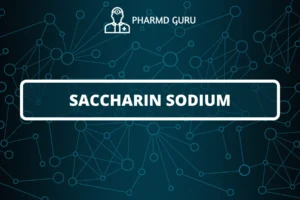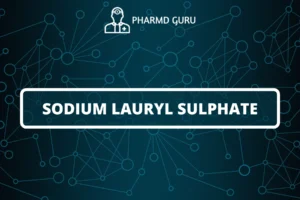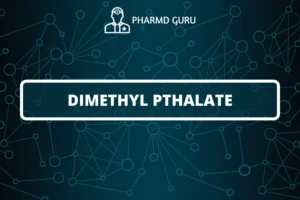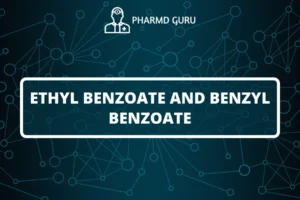Mephenesin also known as mephenesin carbamate, is a skeletal muscle relaxant.
SCROLL DOWN TO THE BOTTOM OF THIS PAGE FOR ACTUAL NOTES.
Preparation:
Mephenesin can be prepared through the reaction of guaiacol (2-methoxyphenol) with chloroformate. This reaction forms mephenesin carbamate, which is the active compound used as a muscle relaxant.
Test for Purity:
The testing of mephenesin’s purity can be performed using various analytical techniques. These may include high-performance liquid chromatography (HPLC), gas chromatography (GC), infrared spectroscopy (IR), or nuclear magnetic resonance (NMR) spectroscopy. These methods can determine the presence of impurities and verify the chemical composition and purity of the substance.
Assay:
The assay of mephenesin refers to the quantitative determination of its active content in a sample or formulation. Assay methods typically involve the use of standardized solutions or reference standards of mephenesin. These methods can include titration, spectrophotometry, or chromatographic techniques, such as HPLC or GC, to measure the concentration or content of mephenesin accurately.
Medicinal Uses:
Mephenesin was historically used as a skeletal muscle relaxant to alleviate muscle spasms and related conditions. It acted by depressing the central nervous system, resulting in muscle relaxation. However, it is important to note that the usage of mephenesin has diminished over time, and it may no longer be commonly prescribed or available in many countries. Other muscle relaxants with improved efficacy and safety profiles have largely replaced it.
ACTUAL NOTES:
PATH: PHARMD/PHARMD NOTES/ PHARMD FIRST YEAR NOTES/ ORGANIC CHEMISTRY/ PHARMACEUTICAL ORGANIC CHEMISTRY/ MEPHENESIN.




